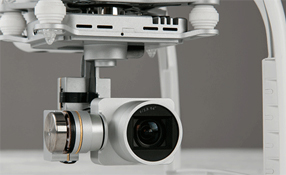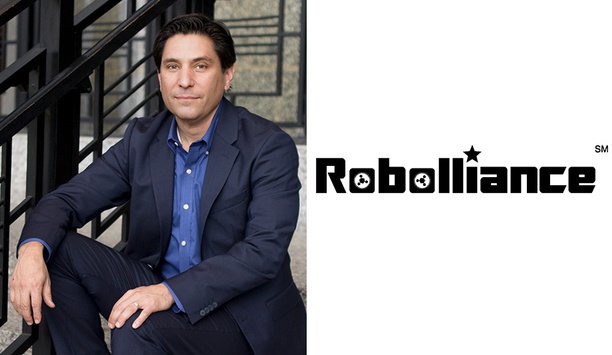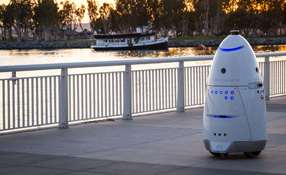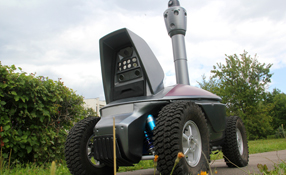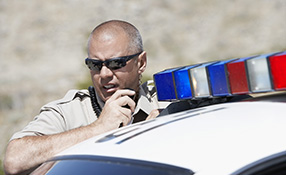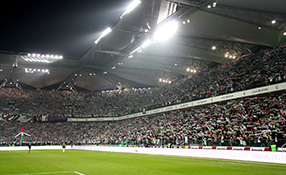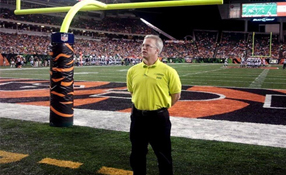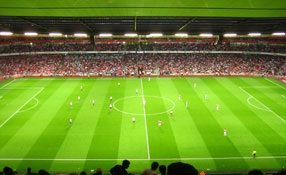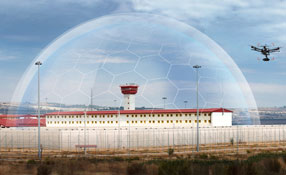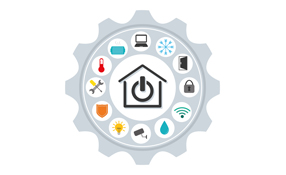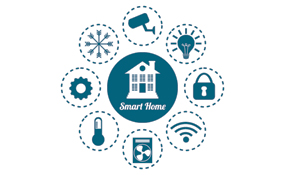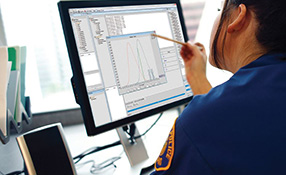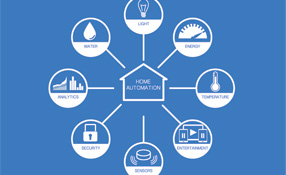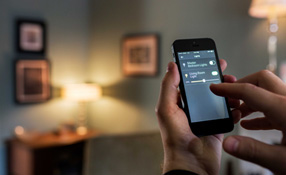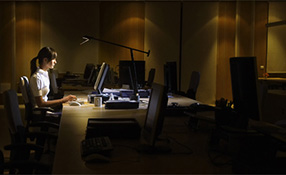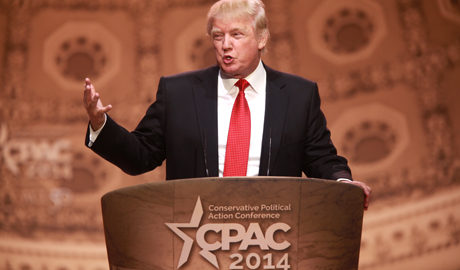 |
| Trump’s border wall proposal reflects a rising demand for greater border security |
When GOP presidential candidate Donald Trump proposed building a wall along the length of the U.S.-Mexican border, some ridiculed the idea. Yet, it also struck a nerve among Americans deeply concerned about unchecked illegal immigration.
"I would build a great wall, and nobody builds walls better than me, believe me, and I'll build them very inexpensively. I will build a great, great wall on our southern border. And I will have Mexico pay for that wall. Mark my words," Trump said in a speech last June announcing his campaign.
Initially, Trump said he would force Mexico to build this border wall and pay for it. Otherwise he would do something “severe,” he told supporters.
How Feasible Is Trump’s Border Wall?
A wall spanning the entire border would stretch almost 2,000 miles across four states and be one of the biggest public works projects ever undertaken. During the Republican presidential debate on Oct. 28, Trump shortened the wall to just 1000 miles.
“As far as the wall is concerned, we’re going to build a wall,” said Trump. “We’re going to create a border … They built the Great Wall of China. That’s 13,000 miles. Here, we actually need 1,000 because we have natural barriers. So we need 1,000.”
Previous attempts to build walls have been costly. The Great Wall of China was 13,000 miles and was built in sections between the 5th and 16th centuries. The Berlin Wall spanned just 96 miles and cost about $25 million to build in 1961 (about $200 million today).
The Secure Fence Act of 2006 called for 670 miles of mostly unreinforced fencing on the U.S.-Mexico border and cost about $2.4 billion. It was limited to some of the more accessible and less costly areas to fence.
Ronald Vitiello, Deputy Chief of Border Patrol for the U.S. Customs and Border Protection, told a Senate Committee hearing last year, "It's a lot more expensive than we expected when we started, and it was much more difficult."
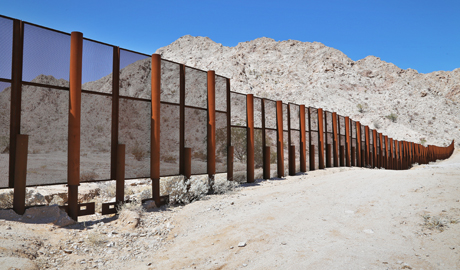 |
| The Secure Fence Act of 2006 called for 670 miles of fencing on the U.S.-Mexico border, costing about $2.4 billion. Trump estimates his wall will be 1,000 miles long |
Trump’s Proposal Reflects Rising Border Security Demand Worldwide
Trump’s proposal – which he has dubbed The Great Wall of Trump – reflects a rising demand for greater border security. Countries around the world are erecting barriers and equipping them with advanced sensing technologies. It’s a reflection of a turbulent world that has driven people to flee their home countries in search of safety and better economic opportunities.
“The primary trend would be that there is more of it,” says Stewart Dewar, Product Manager for Senstar, a leading provider of intrusion detection equipment. “Border security has been talked about for decades and decades. In recent years it’s starting to happen around the world. In the U.S., everyone is very focused on the U.S.-Mexican border. Around the world there is greater sensitivity and a more wiliness to actually spend money and do the projects.”
Senstar has sold products to a number of border security implementations over its 35-year history. It’s OmniTrax buried sensors have been used to secure 40-mile-long border section in a Middle Eastern country. Senstar has also secured borders in Eastern Europe, as well as North American border crossing, according to Miriam Rautiainen, Marketing Director for the company.
Cost And Practicality Of Long Physical Barriers
The focus of border security has been on stemming the flow of people through various “hot spots” – border crossings that can be secured. The idea of building a long barrier like Great Wall of China has never materialized due to both cost and the impracticality of securing rugged terrain that might include mountains and rivers. In addition, the American border includes vast areas of open space far from people and infrastructure such as power, which makes monitoring difficult, according to Dewar.
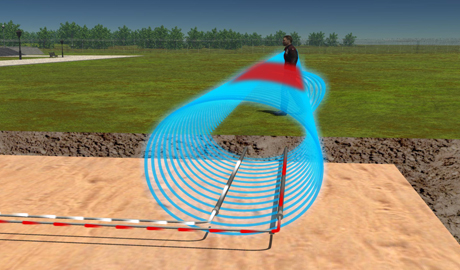 |
| Senstar’s buried sensors can pinpoint unauthorized intrusions within meters, and are very difficult to detect |
Border Security Technologies – Intrusion Sensors & CCTV
Faced with long borders and limited manpower, agencies have increasingly turned to technology to detect unauthorized intrusions. They include long-range fiber-optic sensor systems such as Senstar’s FiberPatrol system. These sensors can be deployed on a fence with just a single optical cable stretched up to 10 miles.
Buried RF cable sensors operate very much like radar and offer the advantage of being both out of sight and protected from the elements.
“People don’t know that it’s there,” says Dewar. “So they may know a system is there, but they don’t know exactly where it is and that makes it hard to defeat. It’s very tolerant to vegetation, so it works very well for borders.”
Both of these systems are able to pinpoint intrusions to within meters. If the system also is integrated with CCTV, central station monitors can point cameras in the right direction for further investigation. Border Patrol agents can then be dispatched quickly.



